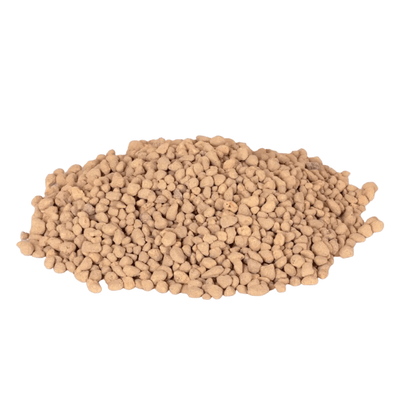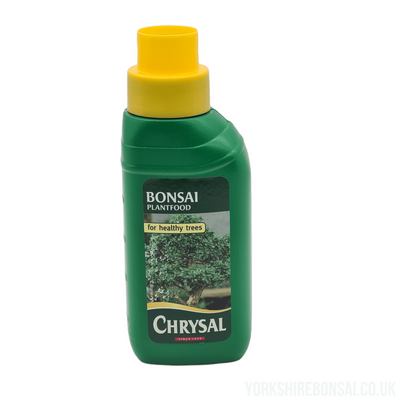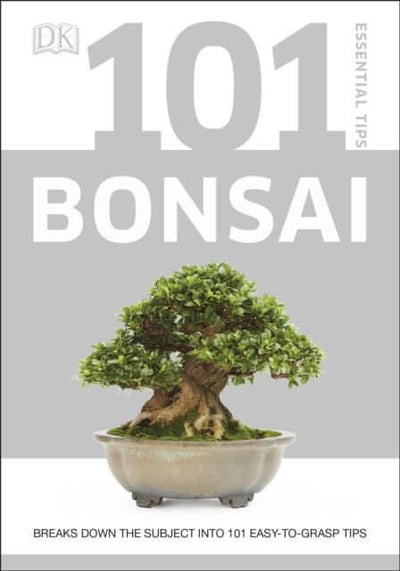Care Guide For Chinese Pepper Bonsai Trees
-
Placement: Place your Chinese Pepper Bonsai tree in a location that receives bright, indirect sunlight for at least 6 to 8 hours a day. Avoid placing it in extreme temperatures or direct sunlight, as it can scorch the leaves.
-
Watering: Bonsai trees generally require consistent watering, and the Chinese Pepper Bonsai is no exception. Keep the soil moist but not waterlogged. Check the moisture level by inserting your finger into the soil up to the first knuckle. If it feels dry, it's time to water. Use a watering can with a fine nozzle to gently water the soil until water starts to drain from the bottom of the pot. Avoid overwatering, as it can lead to root rot.
-
Humidity: Chinese Pepper Bonsai trees prefer higher humidity levels. To increase humidity around the tree, you can place a tray filled with water and pebbles beneath the bonsai. As the water evaporates, it will create a humid microclimate. Alternatively, you can use a humidifier in the room to maintain the desired humidity level.
-
Fertilization: Feed your Chinese Pepper Bonsai tree with a balanced, water-soluble fertilizer specifically formulated for bonsai trees. During the growing season, from spring to autumn, fertilize the tree every two weeks. In winter, reduce the frequency to once a month. Follow the instructions on the fertilizer packaging for the correct dosage.
-
Pruning and Shaping: Regular pruning and shaping are essential for maintaining the desired form and size of your Chinese Pepper Bonsai tree. Prune the branches and foliage in early spring before new growth appears. Use clean and sharp bonsai pruning shears to make precise cuts. Remove any dead, damaged, or crossing branches. Trim the leaves to maintain the overall aesthetic of the tree.
-
Repotting: Chinese Pepper Bonsai trees should be repotted every two to three years, typically in early spring. Select a bonsai pot that is slightly larger than the current one to allow for root growth. Use well-draining bonsai soil, which is a mixture of akadama, pumice, and lava rock. Trim about one-third of the roots during repotting to promote healthy growth.
-
Winter Care: Chinese Pepper Bonsai trees are generally hardy but may require some protection during freezing temperatures. If you live in a cold climate, consider bringing your bonsai indoors or placing it in an unheated garage or shed for the winter. Ensure that the tree receives sufficient light even during this period.
-
Pest and Disease Control: Regularly inspect your Chinese Pepper Bonsai tree for signs of pests such as aphids, scale insects, or spider mites. If you notice any infestations, treat them promptly with organic insecticidal soap or neem oil. Proper watering and good air circulation will also help prevent common fungal diseases.
Remember that caring for a Chinese Pepper Bonsai tree requires patience and attention to detail. Each bonsai is unique, so observe your tree closely and adjust the care routine as needed. With proper care, your bonsai will thrive and bring you joy for years to come.








